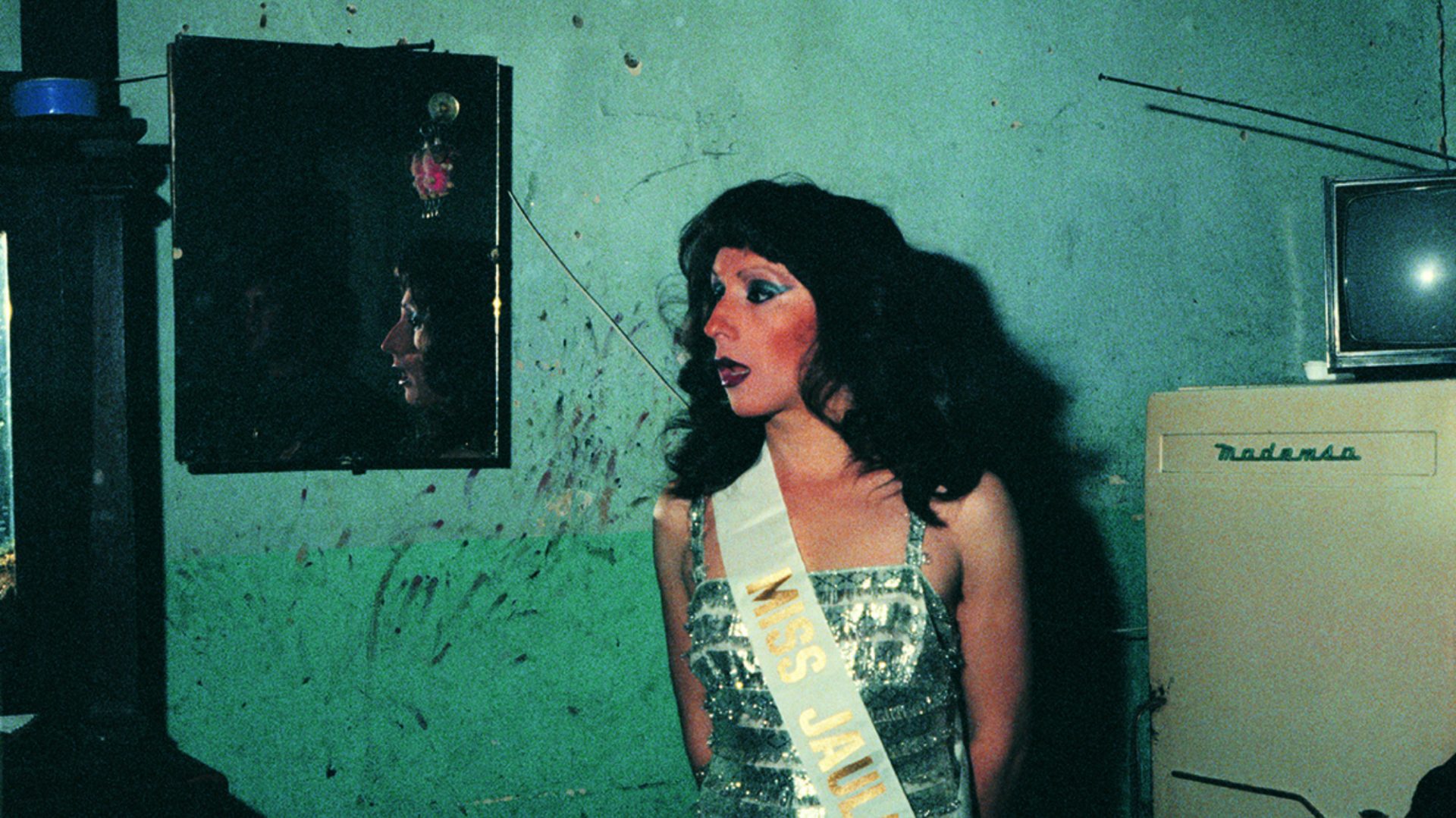Masquerading as a teenage boy doesn’t come easily to me, a 32-year-old millennial woman. But here I am, hunched over my laptop at midnight, trying to infiltrate Alex’s “OnlyFans Manager” network.
“Hey man,” he replies. My first test passed. His profile picture is exactly what you’d expect: shirtless, ripped, staring out over Dubai’s skyline through penthouse glass.
I ask him how all this “OFM stuff” works. He quickly replies, telling me that if I stick with him, I’ll learn how to buy young women’s OnlyFans accounts, “manage” them, take a huge cut of their earnings, and push them to produce more explicit content if they need money badly enough. “I will basically teach you all my techniques to recruit models. When they need money, they can do whatever you want,” Alex explains.
Despite its controversies, OnlyFans – a content subscription service used initially by sex workers – remains hugely popular, with celebrities such as Lily Allen using the platform to launch a niche foot fetish page, and Cardi B and top influencers hoping to further monetise their fame. Some, like Skins actor Megan Prescott, have used the platform to fund independent theatre projects; others, like viral performer Bonnie Blue, cater to straight-up pornography.
Today, OnlyFans claims over 300 million registered users and around four million creators, mostly aged 18 to 45. The average is just 29. The pitch is seductive: an influencer with a million followers can, in theory, turn that into a million pounds if they’re willing to take off enough clothes.
The company takes a 20% cut, known as the “take rate”, but increasingly it’s not just OnlyFans profiting. A whole cottage industry of so-called OnlyFans Management (OFM) agencies and freelance OFMs has sprung up, offering to “handle the admin,” or so they claim, in exchange for commissions that can swallow up to 60% of a creator’s income.
But what exactly are these managers offering that justifies taking more than half a creator’s earnings?
OFMs love to flaunt their rags-to-riches stories. “How I made £50k in 10 weeks.” “How I became a millionaire at 19.” “It’s so hard to get rich. Not if you’ve heard of OFM,” reads one TikTok as an 18-year-old bench-presses in a park gym. Their feeds overflow with screenshots of rapidly increasing income graphs and slow-mo stock footage of Lamborghinis.
It’s the classic get-rich-quick scheme: slicker, digital, and dressed up in the language of empowerment and the growing mainstream acceptance of online sex work.
As journalist Matt Shea, author of Clown World: Four Years Inside Andrew Tate’s Manosphere, explains, the rise of OFM as an “attractive career path” for young men overlaps with the rise of the manosphere; a toxic mix of incel forums, pick-up artists, and a new anti-feminist political movement. This worldview tells young men they’re “owed” sex by women but denied it by feminism and the left. Myths like the so-called “90/10 rule” (the idea that 10% of men have access to 90% of sex) fuel resentment and competition. Together, they create the perfect conditions for OFM influencers to thrive.
They almost always look the same: based in Dubai, posing with luxury cars and Rolexes. Not because they’re making fortunes managing women, Shea explains, but because they’re making far more selling their lifestyle as a product to other men. Once they hook young guys into subscription courses, that income becomes their real payday.
Suggested Reading


France’s ‘3-6-9-12 rule’ beats the Online Safety Bill
Andrew Tate is the prime example: his “PHD” course (short for Pimping Hoes Degree) claimed to teach men how to control women in the webcam industry. He did profit from managing women, using manipulative “lover boy” grooming tactics, but he made far more selling the fantasy to thousands of men desperate to copy him.
Back in Alex’s world, access to this hustle costs $1,350. That gets you his “approved seller” badge and permission to buy and sell women’s OnlyFans contracts like digital cattle on a private Telegram marketplace. In these OFM trading groups, young women – who are mostly from countries with high poverty rates – are sold as “lots.” Each listing features a young girl in lingerie photos, their age (many marketed as “baby face” teens), their location, daily availability, phone model and the type of content they’ll produce, ranging from “solo” to “group”.
A few girls were not only for sale, but on sale with an advertised flashing “price drop”. The most chilling detail? The percentage or flat fee they actually receive is often as little as 30% of their own income.
When I ask Alex how to purchase a model, he sends payment instructions along with a warning: “Of course, please do not mention the marketplace to the model or the amount you paid for her contract, as most do not know about it.”
Victoria Sinis, an ex-OnlyFans manager who now actively works on shedding light on the dark side of OFMs, says the fantasy rarely matches reality. “People are sold this pipe dream that you can sign up, stay in the shadows, and make easy money. But realistically, the average creator makes about $180 a month. It’s a full porn platform, but most won’t earn much at all.
“Worse, the psychology is brutal: you’re told your only value is your body, that stripping off is your only shot at success and when it doesn’t pay off, you’re left asking, what’s my worth then? Out of three million creators, only a tiny fraction, maybe 300, make over a million dollars a year. The rest are chasing an illusion.”
And the so-called managers? As Matt Shea puts it, they’re mostly selling the dream, not managing accounts. The flashy cars and penthouse selfies are just marketing bait for the next lonely teenager looking for a shortcut to wealth and control.
The reality is darker than slick TikToks and Dubai Instagram grids suggest. These contracts are deeply unethical, paying women a fraction of what their content generates. And while exploitative “cuts” alone may be legal, the line is crossed the moment coercion, manipulation or deceit is used to recruit women. A reality that’s still only partially understood and is at the heart of ongoing criminal investigations like Andrew Tate’s.
It seems the fantasy behind OnlyFans management is just exploitation with wifi and a ring light. For all the rags-to-riches TikToks and luxury car slideshows, the real money isn’t made by managing OnlyFans, it’s made by selling the illusion of passive income to men looking for an easy escape from reality and a fast track to the wealth and fame so often shoved down young people’s throats on social media. After all, Kim Kardashian made millions from a sex tape, and influencer Dan Bilzerian built an empire flaunting his extravagant lifestyle, surrounded by bikini-clad women at every opportunity.
Of course, not everyone is exploited. Some creators run their own shows, keep control and cash out on their own terms. But for every success story, there’s a hidden marketplace where someone else is being exploited to work endless hours for explicit images worth $300 a month.
And those so-called hidden marketplaces? They’re not hidden at all. They’re in your DMs, your TikTok feed, your Telegram inbox, waiting for the next Alex to promise you freedom and fast cash.
In the end, the young men buying into the hustle are as much a product as the women they “manage”, both paying to prop up someone else’s fantasy. The only people getting rich quick are the ones selling the dream. And the girls behind the paywalls? They’re the ones who keep paying for it.
Sydney Lima is a journalist, presenter, model and film-maker



